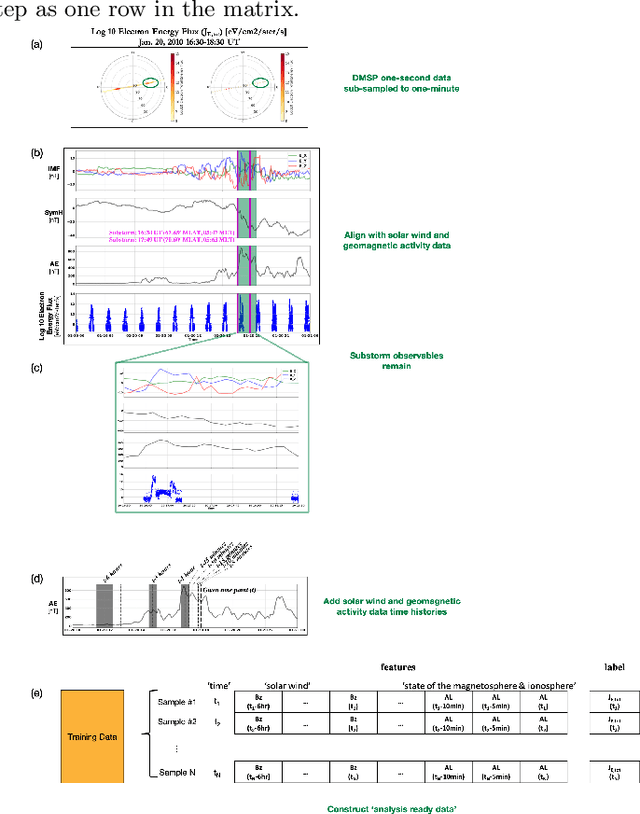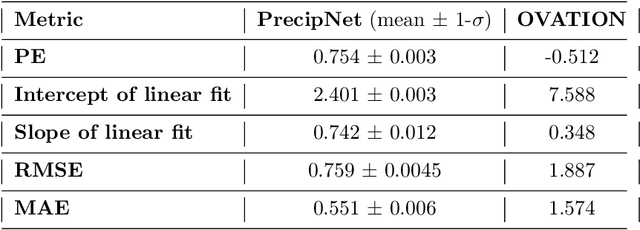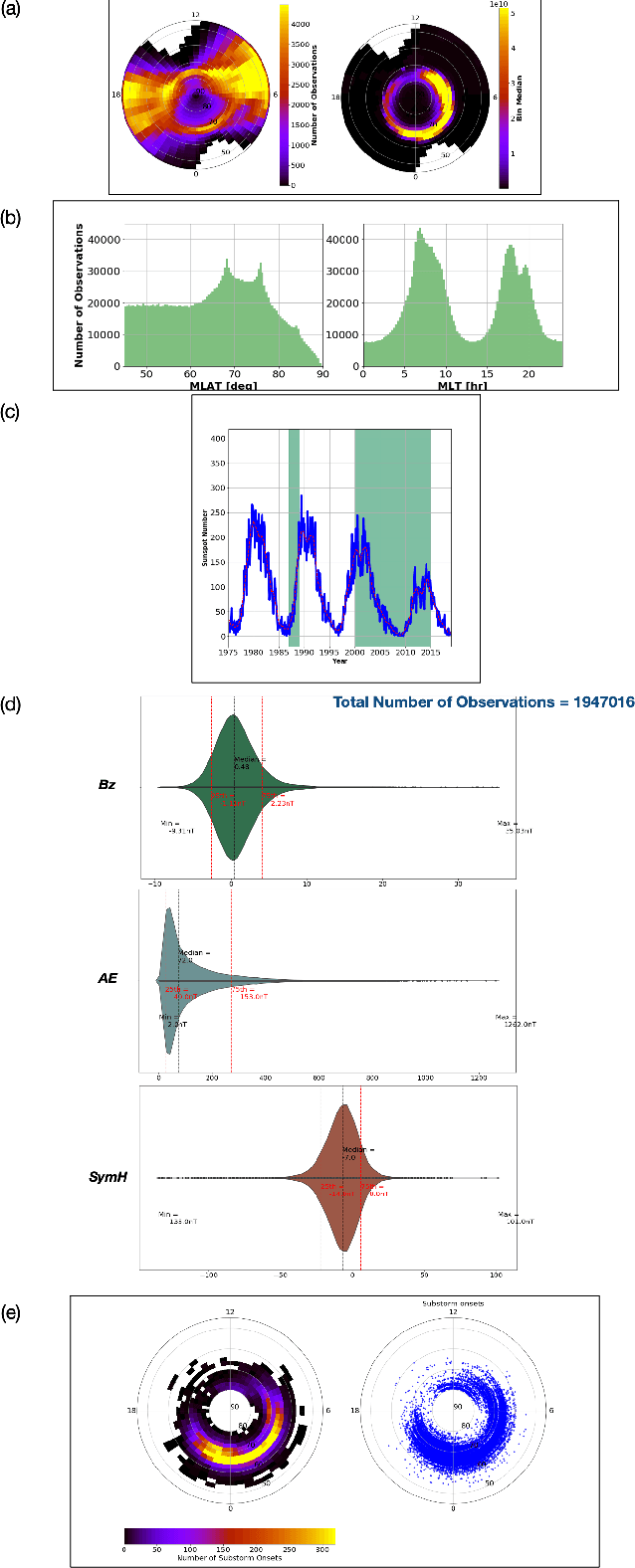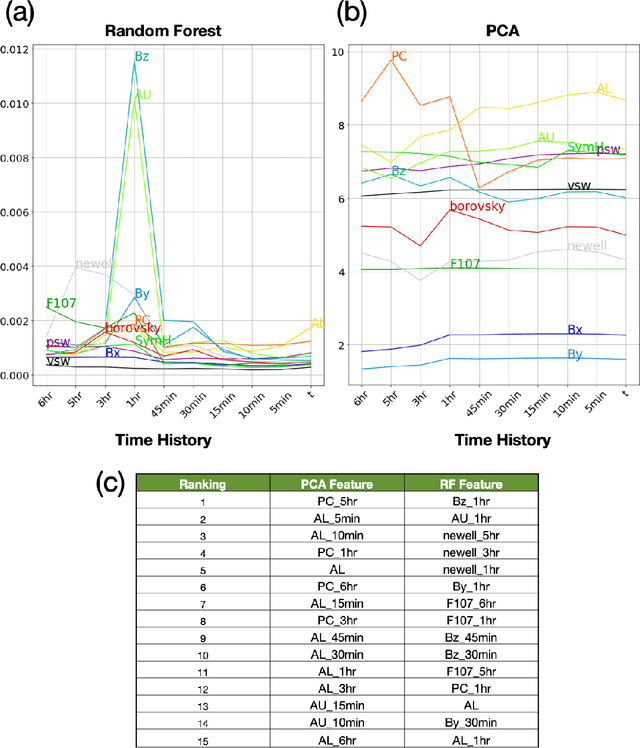Jack Ziegler
Harnessing expressive capacity of Machine Learning modeling to represent complex coupling of Earth's auroral space weather regimes
Nov 29, 2021



Abstract:We develop multiple Deep Learning (DL) models that advance the state-of-the-art predictions of the global auroral particle precipitation. We use observations from low Earth orbiting spacecraft of the electron energy flux to develop a model that improves global nowcasts (predictions at the time of observation) of the accelerated particles. Multiple Machine Learning (ML) modeling approaches are compared, including a novel multi-task model, models with tail- and distribution-based loss functions, and a spatio-temporally sparse 2D-convolutional model. We detail the data preparation process as well as the model development that will be illustrative for many similar time series global regression problems in space weather and across domains. Our ML improvements are three-fold: 1) loss function engineering; 2) multi-task learning; and 3) transforming the task from time series prediction to spatio-temporal prediction. Notably, the ML models improve prediction of the extreme events, historically obstinate to accurate specification and indicate that increased expressive capacity provided by ML innovation can address grand challenges in the science of space weather.
Next generation particle precipitation: Mesoscale prediction through machine learning (a case study and framework for progress)
Nov 19, 2020



Abstract:We advance the modeling capability of electron particle precipitation from the magnetosphere to the ionosphere through a new database and use of machine learning tools to gain utility from those data. We have compiled, curated, analyzed, and made available a new and more capable database of particle precipitation data that includes 51 satellite years of Defense Meteorological Satellite Program (DMSP) observations temporally aligned with solar wind and geomagnetic activity data. The new total electron energy flux particle precipitation nowcast model, a neural network called PrecipNet, takes advantage of increased expressive power afforded by machine learning approaches to appropriately utilize diverse information from the solar wind and geomagnetic activity and, importantly, their time histories. With a more capable representation of the organizing parameters and the target electron energy flux observations, PrecipNet achieves a >50% reduction in errors from a current state-of-the-art model (OVATION Prime), better captures the dynamic changes of the auroral flux, and provides evidence that it can capably reconstruct mesoscale phenomena. We create and apply a new framework for space weather model evaluation that culminates previous guidance from across the solar-terrestrial research community. The research approach and results are representative of the `new frontier' of space weather research at the intersection of traditional and data science-driven discovery and provides a foundation for future efforts.
 Add to Chrome
Add to Chrome Add to Firefox
Add to Firefox Add to Edge
Add to Edge